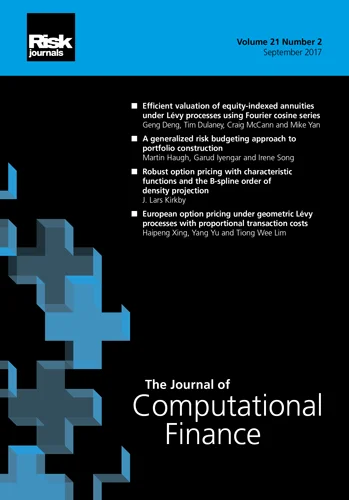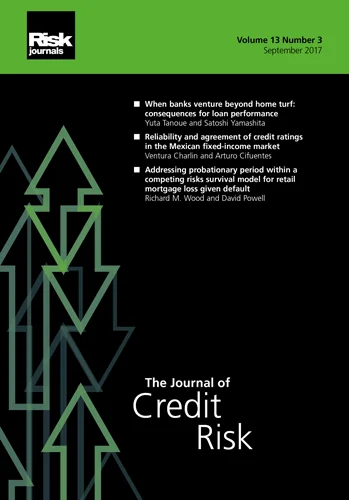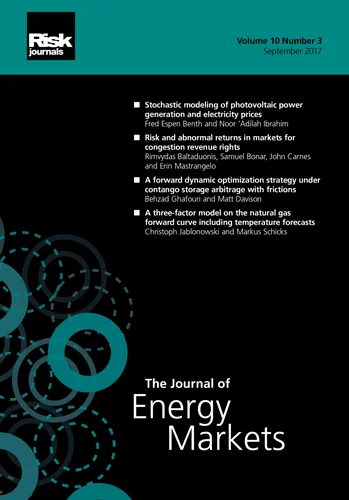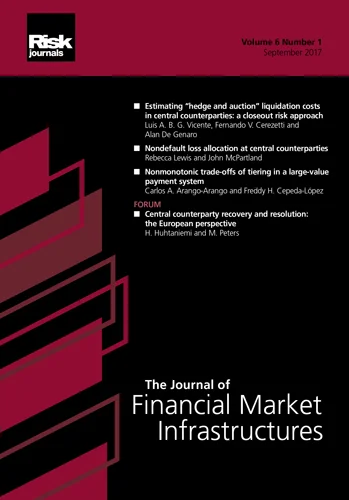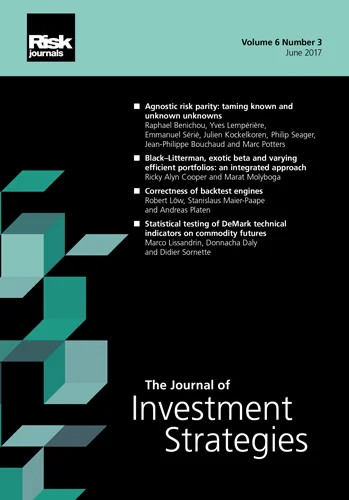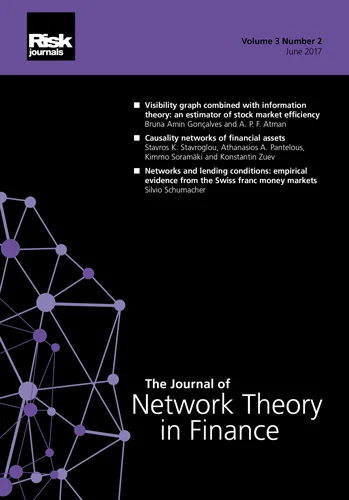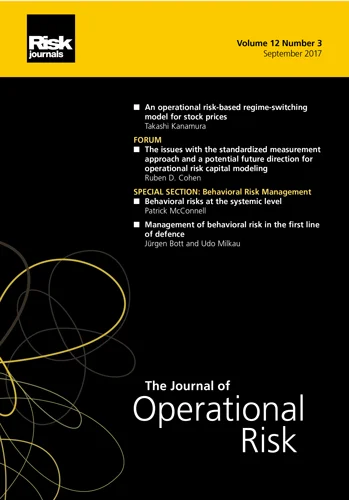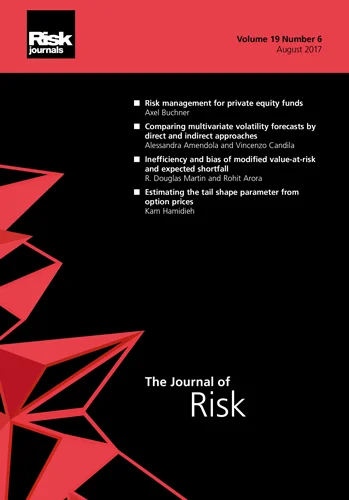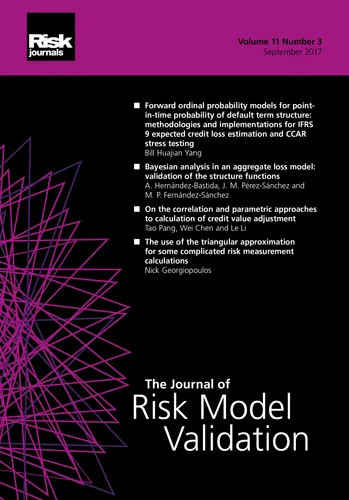Journal of Risk
ISSN:
1755-2842 (online)
Editor-in-chief: Farid AitSahlia

Estimating future value-at-risk from value samples, and applications to future initial margin
Need to know
- This work compares several methods currently used for estimating dynamic initial margin and future value-at-risk, including nested Monte Carlo, Delta-Gamma, Johnson moment matching, Johnson percentile matching, Gaussian least square and quantile regression, where some of the methods are compared under various settings.
- The goal of the paper is to present the implementation details and perform an objective comparison of estimation of future value-at-risk under different performance metrics, requirements, accuracy and ease of implementation.
- We study the results obtained by these methods for different financial instruments with and without MPoR cash flows.
- We present difficulties encountered in classical methods, such as violation of moment constraints in moment regression and means to rectify them. We also study the effects of additional inner samples for the methods in refining the estimates of value-at-risk.
- Finally, we propose the use of pseudo-inner samples in lieu of actual inner samples which benefits methods such as nested Monte Carlo and Johnson percentile matching, therefore yielding comparable accuracy at a fraction of the computational cost. The use of pseudo-samples can be extended to other methods as well.
Abstract
Predicting future value-at-risk is an important problem in finance. It arises in the modeling of future initial margin requirements for counterparty credit risk and future market value-at-risk. We are also interested in derived quantities such as both dynamic initial margin and margin value adjustment in the counterparty risk context and risk-weighted assets and capital value adjustment for market risk. This paper describes several methods that can be used to predict future value-at-risk. We begin with the nested Monte Carlo empirical quantile method as a benchmark, but it is too computationally intensive for routine use. We review several known methods and discuss their novel applications to the problem at hand. The techniques that are considered include computing percentiles from distributions (normal and Johnson) that were matched to estimates of moments and percentiles, quantile regressions methods and others with more specific assumptions or requirements. We also consider how limited inner simulations can be used to improve the performance of these techniques. The paper also provides illustrations, results and visualizations of intermediate and final results for the various approaches and methods.
Copyright Infopro Digital Limited. All rights reserved.
As outlined in our terms and conditions, https://www.infopro-digital.com/terms-and-conditions/subscriptions/ (point 2.4), printing is limited to a single copy.
If you would like to purchase additional rights please email info@risk.net
Copyright Infopro Digital Limited. All rights reserved.
You may share this content using our article tools. As outlined in our terms and conditions, https://www.infopro-digital.com/terms-and-conditions/subscriptions/ (clause 2.4), an Authorised User may only make one copy of the materials for their own personal use. You must also comply with the restrictions in clause 2.5.
If you would like to purchase additional rights please email info@risk.net
